Chinese skyscraper has world's biggest man-made waterfall
108-metre-high water feature costs £89 per hour to run in southwestern city of Guiyang

China has created the world’s biggest man-made waterfall by electrically pumping water down the side of a skyscraper.
The artificial water feature is 108 metres (350ft) high and cascades down into a tank at the bottom of the Liebian Building, a hotel in the the southwestern city of Guiyang.
The waterfall is managed by Guizhou Ludiya Property Management Co. and “is designed to be a tourist attraction”, says the Daily Mail.
The Week
Escape your echo chamber. Get the facts behind the news, plus analysis from multiple perspectives.

Sign up for The Week's Free Newsletters
From our morning news briefing to a weekly Good News Newsletter, get the best of The Week delivered directly to your inbox.
From our morning news briefing to a weekly Good News Newsletter, get the best of The Week delivered directly to your inbox.
A spokesperson, Mr Cheng, told Chinese news site Kan Kan News that a lot of the water comes from recycled tap water or rain water.
“Our building has a four-storey underground water storage and drainage system, from which the water is pumped and recycled,” said Cheng. To run the water, the electricity bill for just one hour is 800 yuan (£89), he added.
“That’s why we don’t switch on the waterfall every day - only for special festivities in the city,” he said.
When it does operate, “it is only switched on for 10 to 20 minutes at a time”, says Metro.
A free daily email with the biggest news stories of the day – and the best features from TheWeek.com
According to The Times, the state-owned newspaper the Beijing Morning Post questioned whether the waterfall was a waste of resources when the Chinese government has made energy conservation a top priority.
“Such a power-guzzling man-made waterfall is particularly thorny,” an editorial read. “A city definitely needs man-made sites but it doesn’t mean any novelty at any cost.
“For a company, it cannot squander money however it wants, but it should consider its social responsibility and set a positive example, and relevant authorities should curb waste of public resources.”
-
 Political cartoons for December 16
Political cartoons for December 16Cartoons Tuesday’s editorial cartoons include calibrating fonts, Christmas classics, and more
-
 Cryptocurrency and the future of politics
Cryptocurrency and the future of politicsIn The Spotlight From electoral campaigns to government investments, crypto is everywhere and looks like it’s here to stay
-
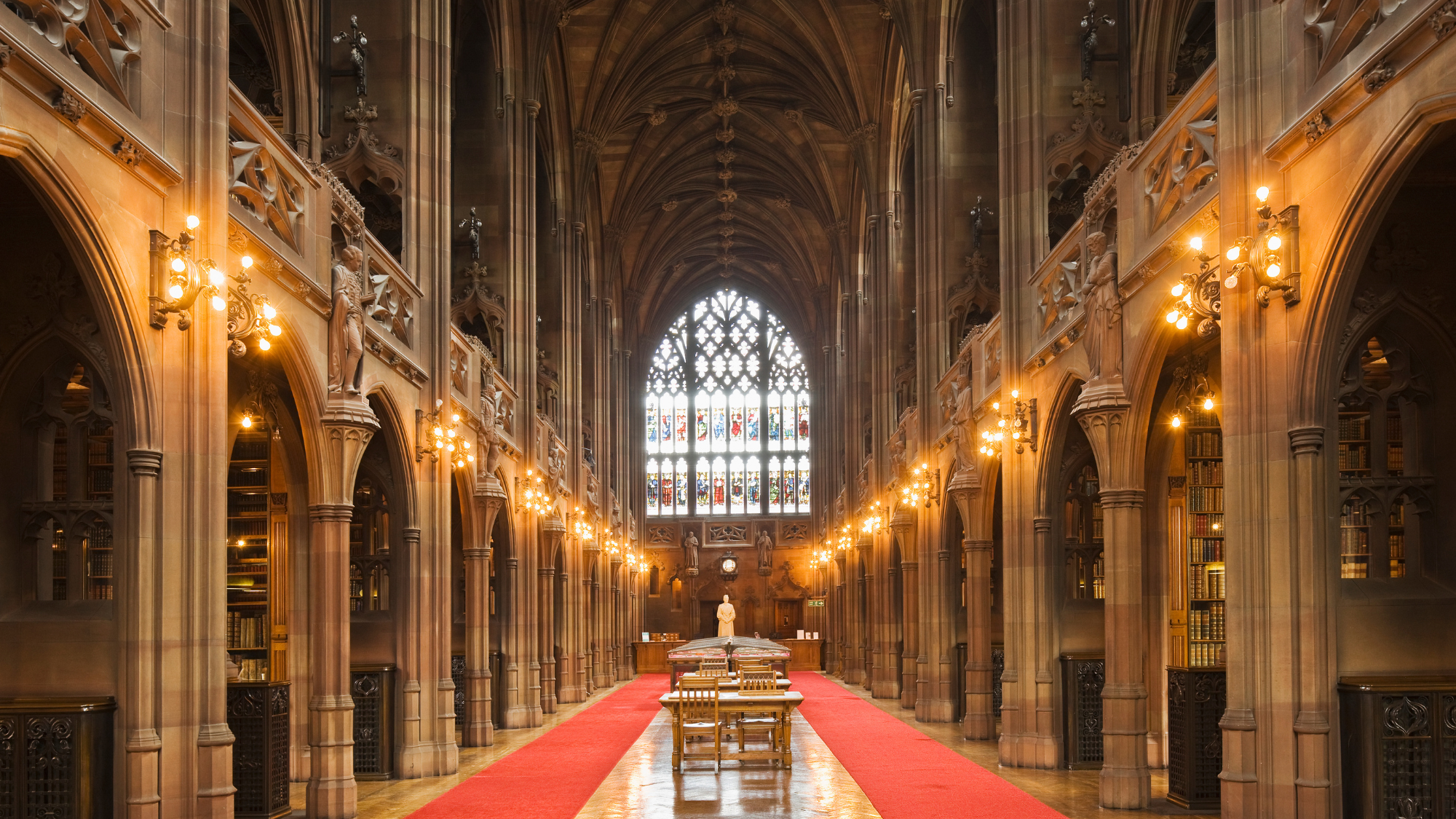 Ssh! UK libraries worth travelling for
Ssh! UK libraries worth travelling forThe Week Recommends From architectural delights to a ‘literary oasis’, these are some of the best libraries around the country
-
 How Bulgaria’s government fell amid mass protests
How Bulgaria’s government fell amid mass protestsThe Explainer The country’s prime minister resigned as part of the fallout
-
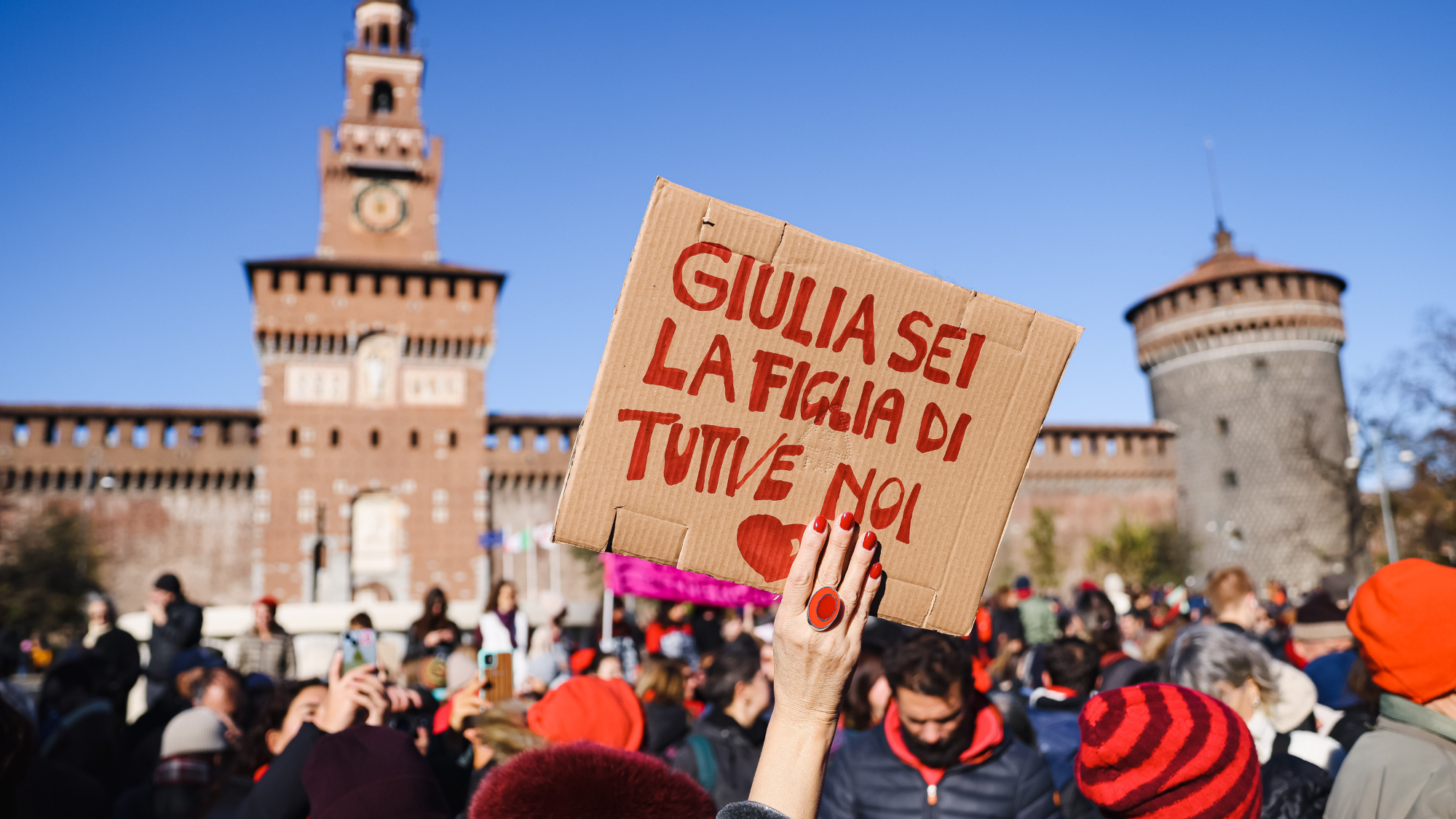 Femicide: Italy’s newest crime
Femicide: Italy’s newest crimeThe Explainer Landmark law to criminalise murder of a woman as an ‘act of hatred’ or ‘subjugation’ but critics say Italy is still deeply patriarchal
-
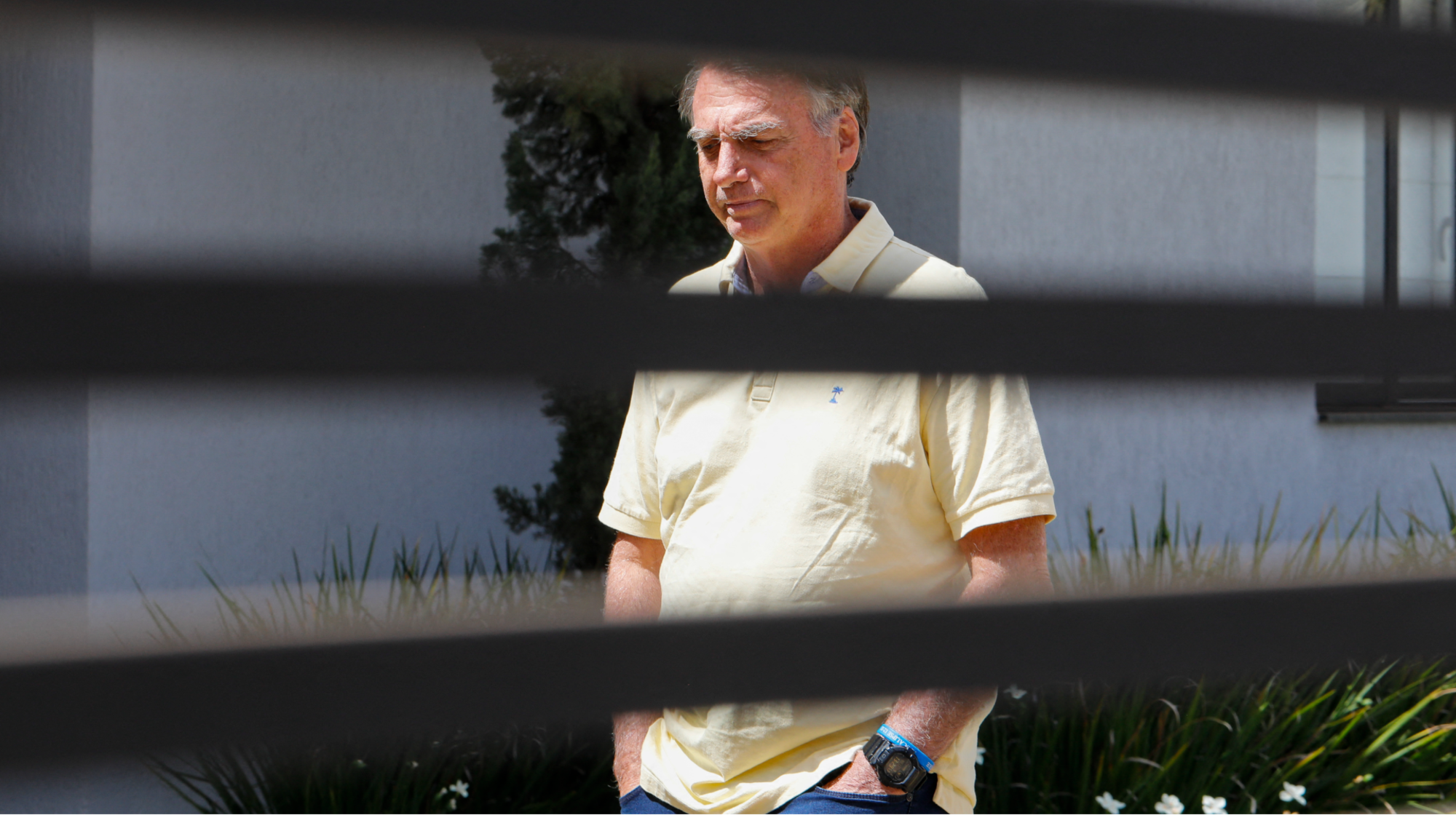 Brazil’s Bolsonaro behind bars after appeals run out
Brazil’s Bolsonaro behind bars after appeals run outSpeed Read He will serve 27 years in prison
-
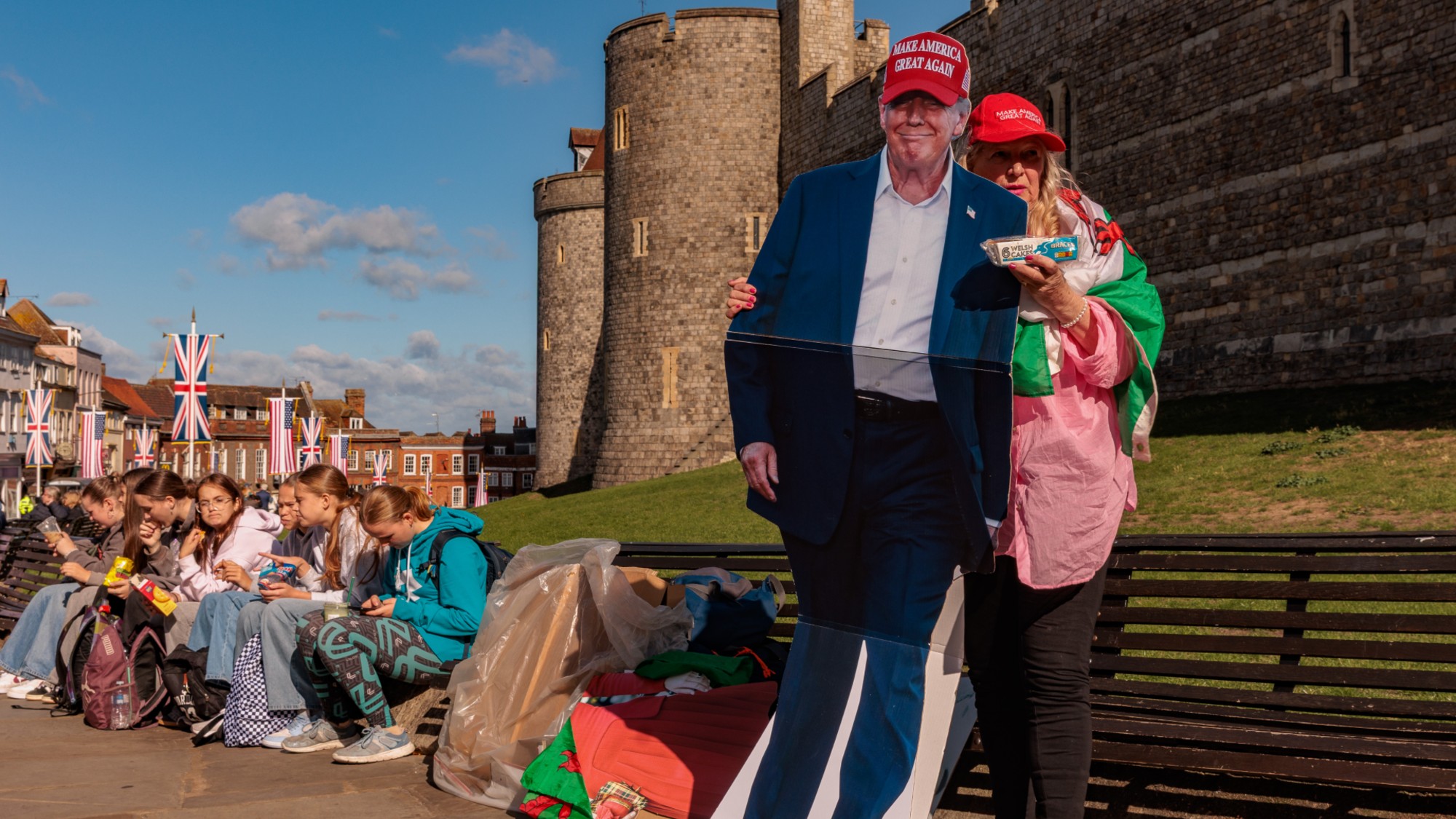 Americans traveling abroad face renewed criticism in the Trump era
Americans traveling abroad face renewed criticism in the Trump eraThe Explainer Some of Trump’s behavior has Americans being questioned
-
 Nigeria confused by Trump invasion threat
Nigeria confused by Trump invasion threatSpeed Read Trump has claimed the country is persecuting Christians
-
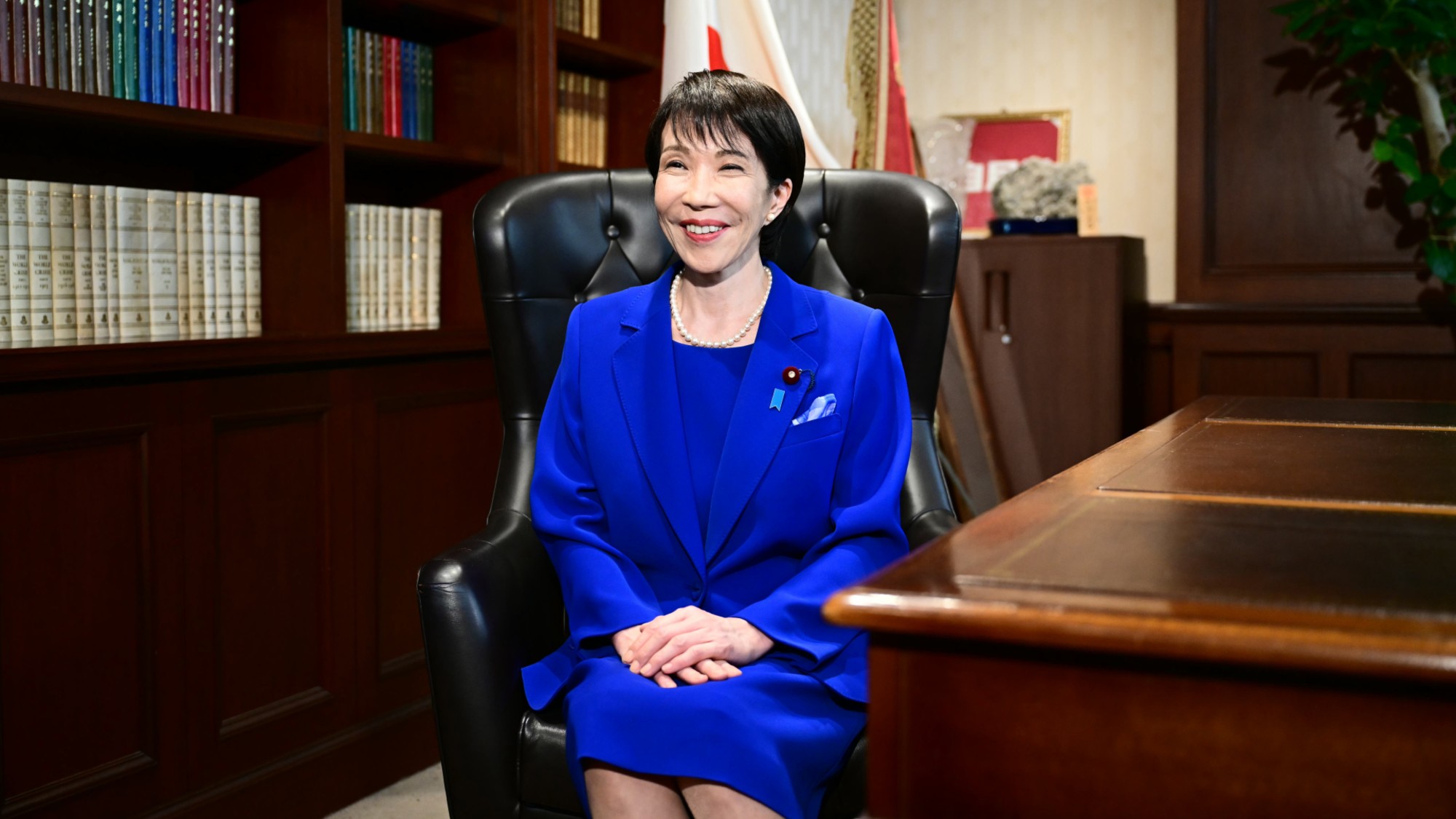 Sanae Takaichi: Japan’s Iron Lady set to be the country’s first woman prime minister
Sanae Takaichi: Japan’s Iron Lady set to be the country’s first woman prime ministerIn the Spotlight Takaichi is a member of Japan’s conservative, nationalist Liberal Democratic Party
-
 Russia is ‘helping China’ prepare for an invasion of Taiwan
Russia is ‘helping China’ prepare for an invasion of TaiwanIn the Spotlight Russia is reportedly allowing China access to military training
-
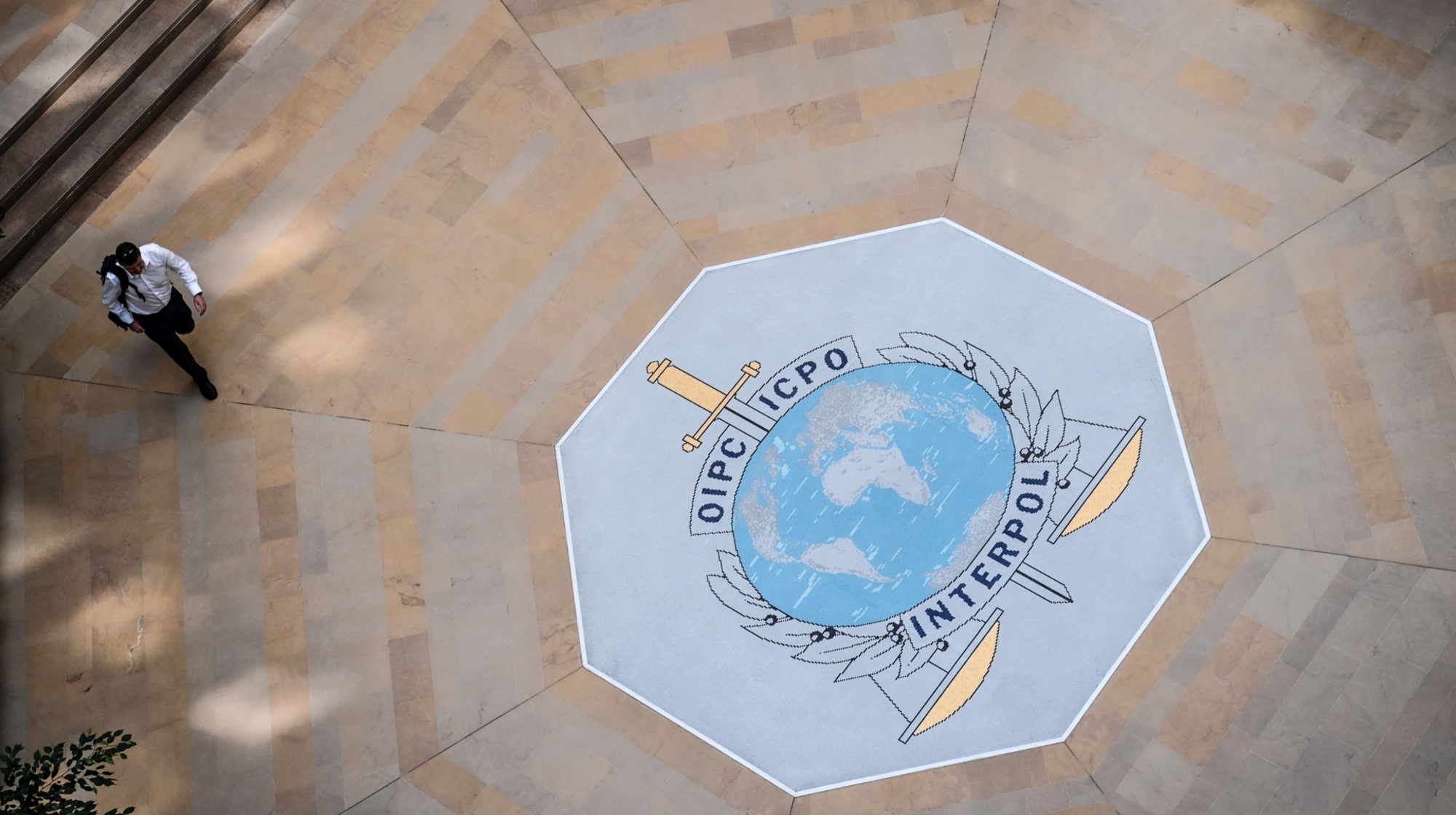 Interpol arrests hundreds in Africa-wide sextortion crackdown
Interpol arrests hundreds in Africa-wide sextortion crackdownIN THE SPOTLIGHT A series of stings disrupts major cybercrime operations as law enforcement estimates millions in losses from schemes designed to prey on lonely users